Here’s a question we get on occasion at Ask Gardenerd:
“Many garden books and seed packets refer to timing in the garden in terms of the date of the last frost. For example: “Wait to plant until 3 weeks past the date of the last frost.” I recently purchased a great garden planner and all dates are calculated based on the date of the last frost. We live in Mar Vista and we very rarely get a frost. How do we determine our garden timing? Thanks you kindly for your help. – Andrea”
Great question, Andrea, especially in this case. It’s easy to be confused about frost dates if you don’t really have a frost, which is true of Mar Vista, CA.
First, take a look at this Gardenerd Gazette article that explains frost dates and helps you find your own. Keep in mind that frost dates are shifting in areas where extreme weather is becoming more prominent. These dates are meant to be a guideline for safe planting times.
Next, let’s talk about Southern California gardening in general. Most books instruct gardeners to plant cool weather crops in early spring, after last frost. We are supposed to follow that with warm/hot weather crops as summer approaches. Then everything winds down when the weather cools down and first frost hits. The End.
Forget about all that. It doesn’t work for us. Or, I should say, we can do better. Here’s what we do:
Plant the cool weather crops listed in your garden books in October. They will grow through winter with virtually no pests and you’ll eventually learn that fall is the best growing season in SoCal (IMHO). Then when February rolls around, you can either try again for cool weather crops or start planting warm weather stuff, followed by hot weather stuff in March/April.
Here at Gardenerd, we find that spring-grown cool weather crops don’t do nearly as well as they do in the fall. Too many aphids by the time our warm weather hits (which is usually sudden and prolonged), which is right before those crops are ready to harvest.
So, Andrea, the frost dates (should we have any frost) for Mar Vista and most of coastal and inland Los Angeles (excluding foothills areas) are as such:
Last frost – Feb 8
First frost – Dec 8
Which basically means you can grow year round. Just start seeds indoors for warm/hot weather crops in January or early February and you’ll be in good shape. The rule of thumb for seed-starting is 6 to 8 weeks prior to last frost. Count backwards from your last frost date when using your planner.
Make sure the soil temperature is warm before direct-sowing seeds for warm season crops. They need heat to germinate. Indoors you can control that a bit more, which is why indoor seed-starting is so much fun.
Thanks for writing in, Andrea. I hope this helps.

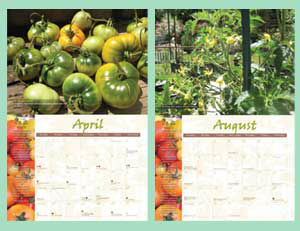
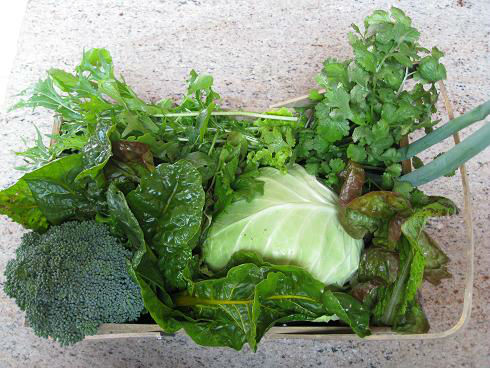
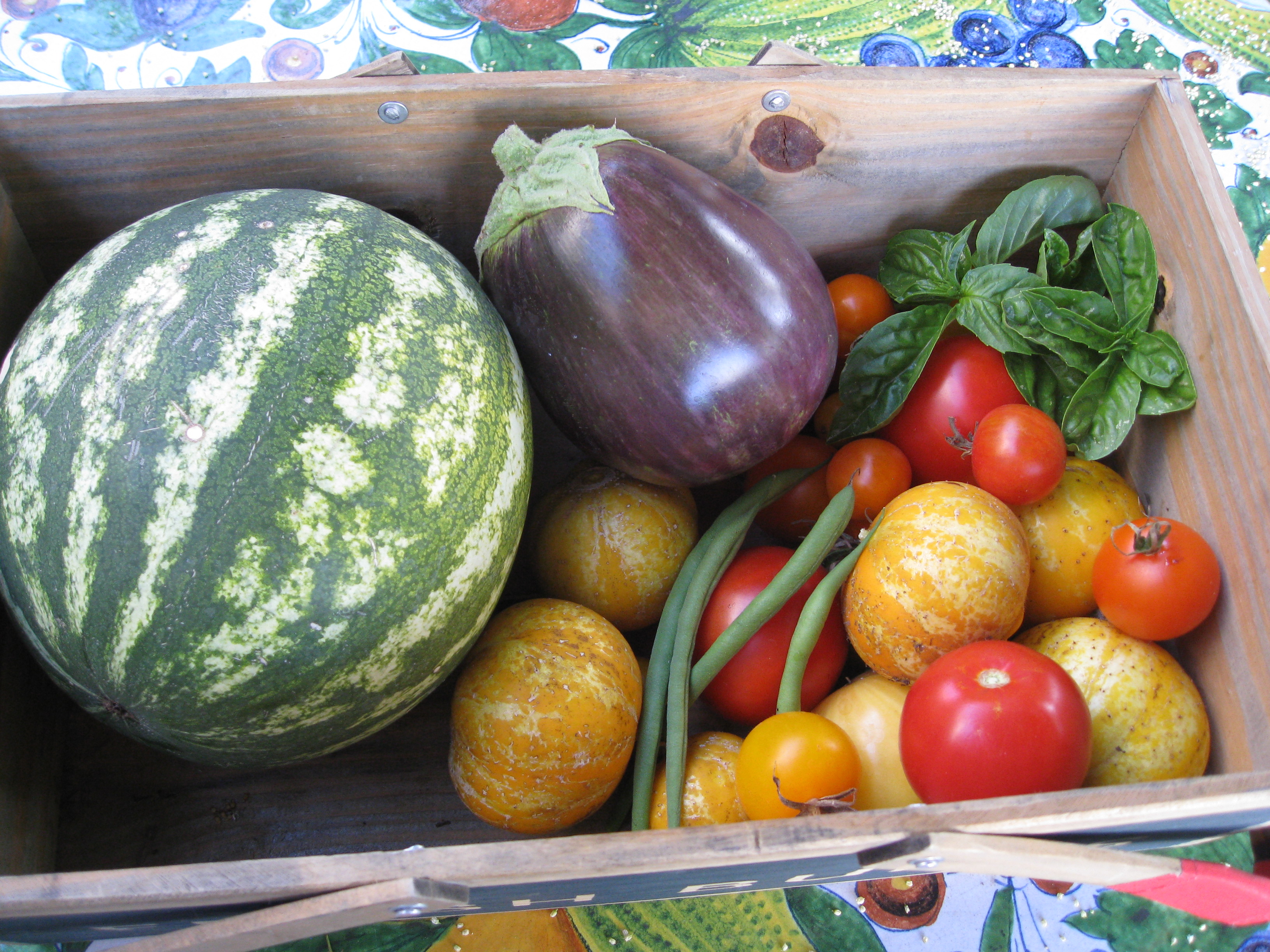
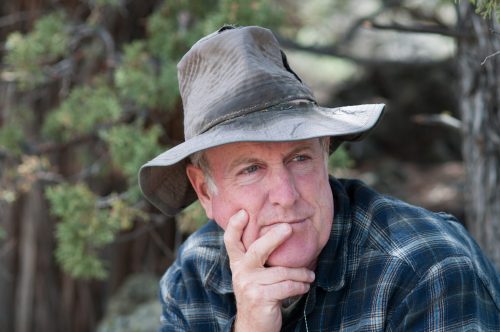
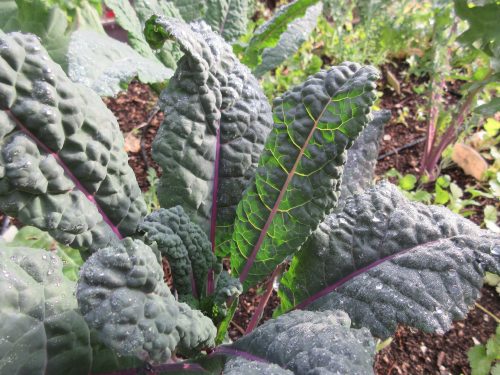
When you say “plant cool weather crops listed in garden books in October” do you mean start seeds then or have small plants ready to transplant to the garden then?
Great question, Andrea. If you want to plant in October, certain crops need to be started from seed earlier (like late August or early September) for October planting. Such plants include: Broccoli, kale, cabbage, kohlrabi and Brussels sprouts. You can generally start lettuces, mustard greens, root veggies and other quick growing crops from seed directly in the garden in October, but those aforementioned members of the Brassica family need more time to start, so we start them indoors in seed trays.